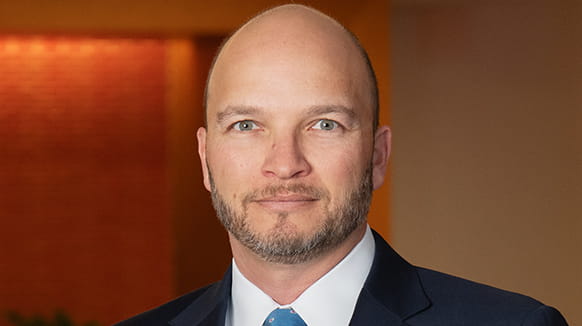LATEST UPDATE - June 8, 2020
In response to the Coronavirus pandemic, the President signed H.R. 748, known as the Coronavirus Aid, Relief, and Economic Security (“CARES”) Act on March 27, 2020. The bill provides more than $2 trillion of aid to individuals and the public and private sector.
Under the Act, a $349 billion Paycheck Protection Program (“PPP”) seeks to provide short term cash-flow through federally guaranteed loans for small businesses impacted by COVID-19. These loans will be administered by the Small Business Administration (“SBA”) through the 7(a) loan program.
Importantly, please note that PPP loans are distinct from the 7(b) SBA economic injury disaster loan (“EIDL”) program that is already available to small businesses, nor may such loans be used for the same purpose. Interested borrowers should evaluate both programs and choose the path that most closely addresses their needs.
On April 24, 2020, President Trump signed H.R.266, the Paycheck Protection Program and Health Care Enhancement Act (the “PPP/HCE Act”). The PPP/HCE Act, modifies and increases funding for the PPP and EIDL programs, providing an additional $310 billion in PPP loan funding guarantees and an additional $60 billion in EIDL loans and grants, and also will provide funding for hospitals and coronavirus testing.
On June 5, 2020, President Trump signed H.R.7010, the Paycheck Protection Program Flexibility Act of 2020 (the “PPPFA”). The PPPFA modifies the PPP to provide additional flexibility to companies in using PPP loan proceeds and obtaining forgiveness for such loan from the SBA.
Below is a high-level summary of the provisions relating to PPP loans under the CARES Act and PPP/HCE Act — including the interim final rule released by the SBA on April 2, 2020 (the “Initial Rule”), a subsequent interim final rule on the applicability of certain affiliate rules on April 3, 2020 (the “Affiliation Rule”), and additional interim final rules issued since that date (such rules, together with the Initial Rule and the Affiliation Rule, the “Interim Regulations”), and guidance on frequently asked questions updated by the SBA as of May 27, 2020 (the “FAQ Guidance”) — as well as an option to seek emergency advances pursuant to Section 7(b). We expect the U.S. Department of Treasury and the SBA to provide further guidance and regulations on the legislation in the coming days and weeks. Such guidance and regulations will provide further detail on the administration of PPP loans and may materially change the summary below. Businesses are encouraged to seek advice from qualified legal counsel before applying for a PPP loan.
Read the full article here.




